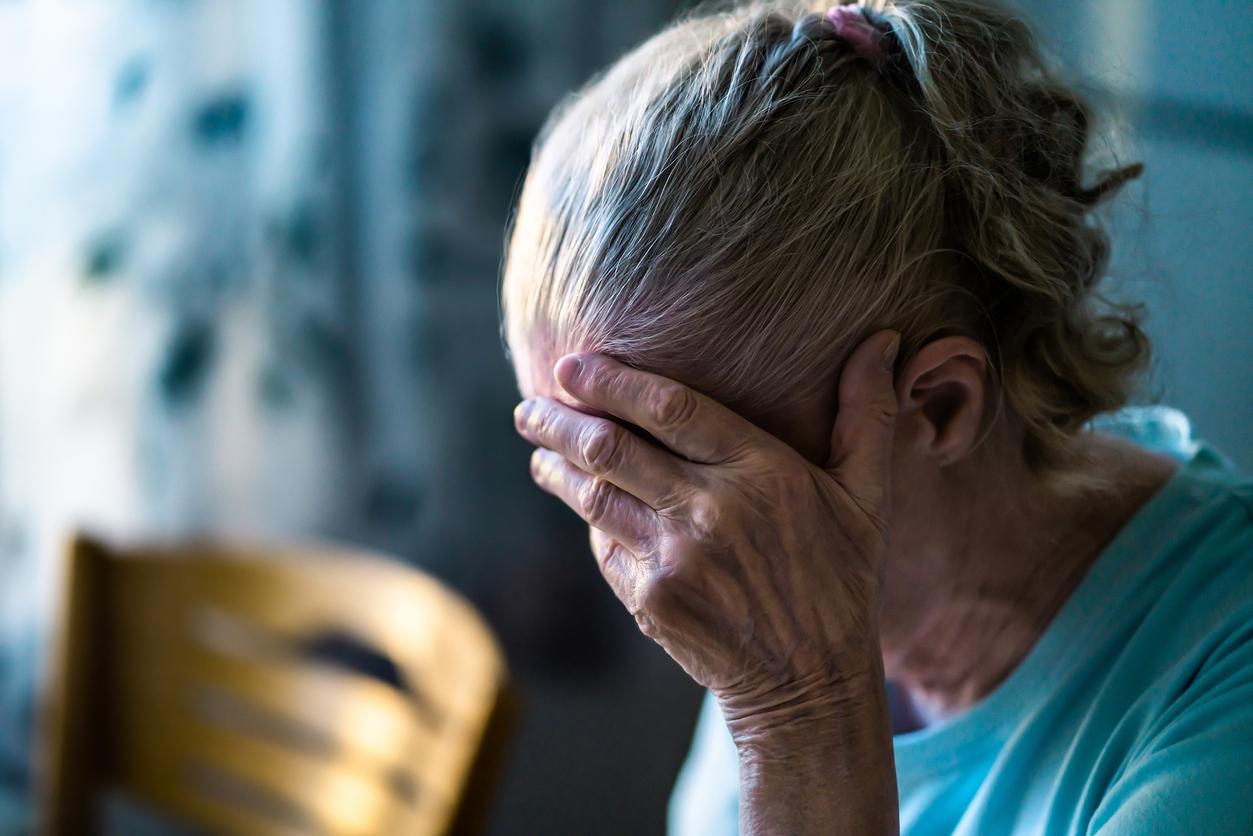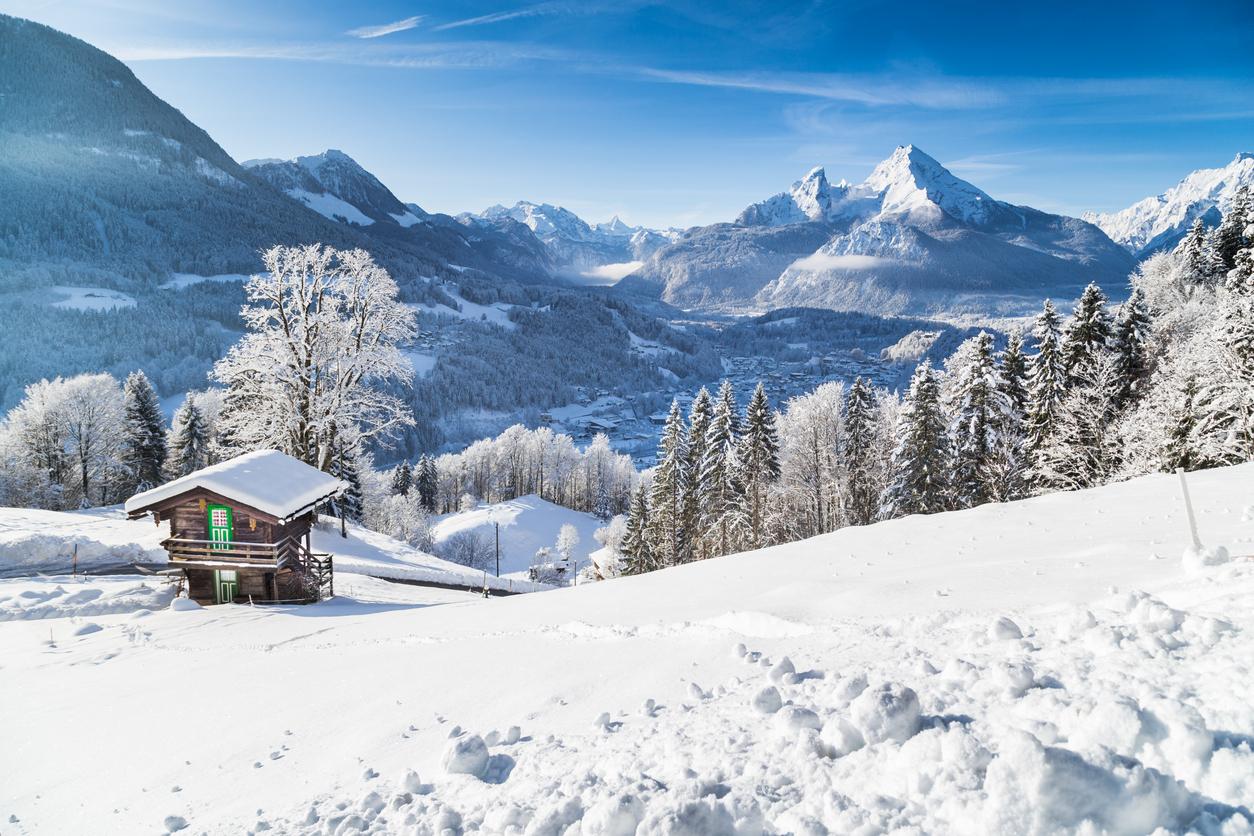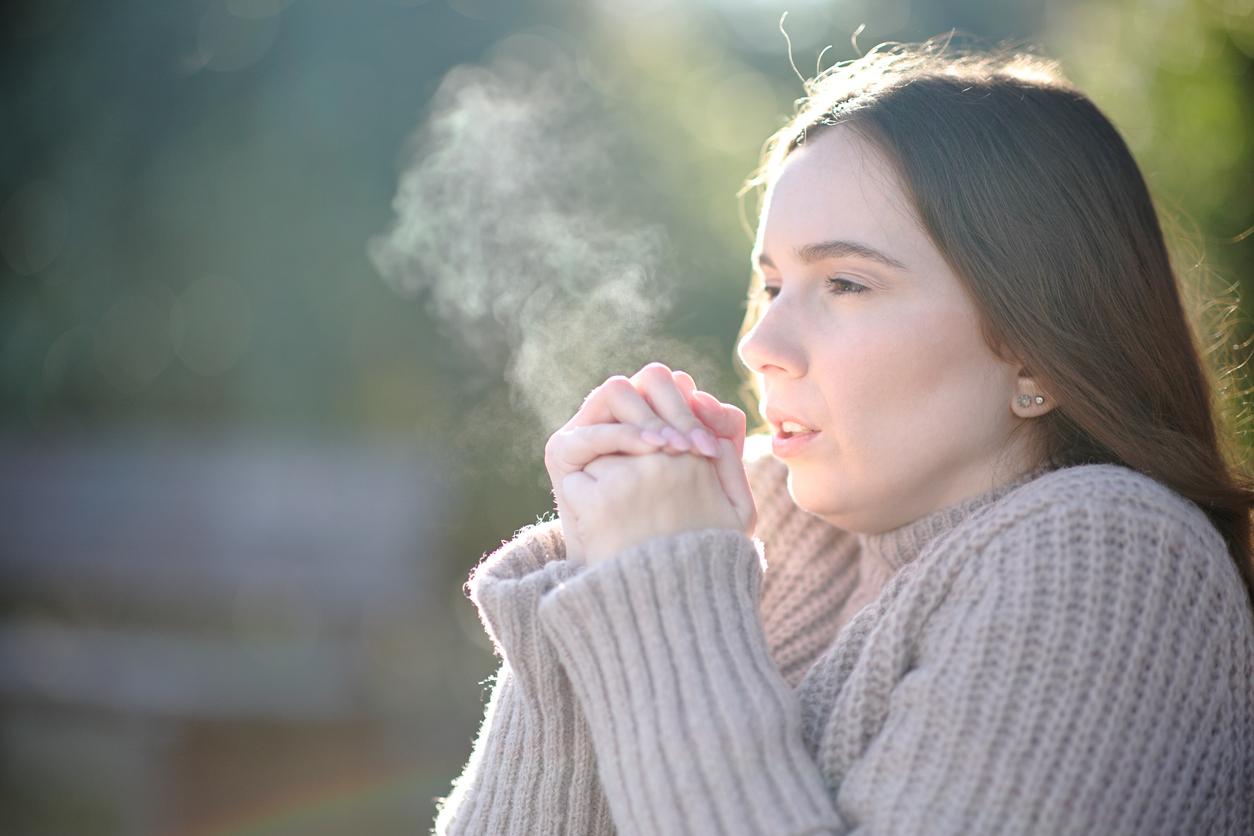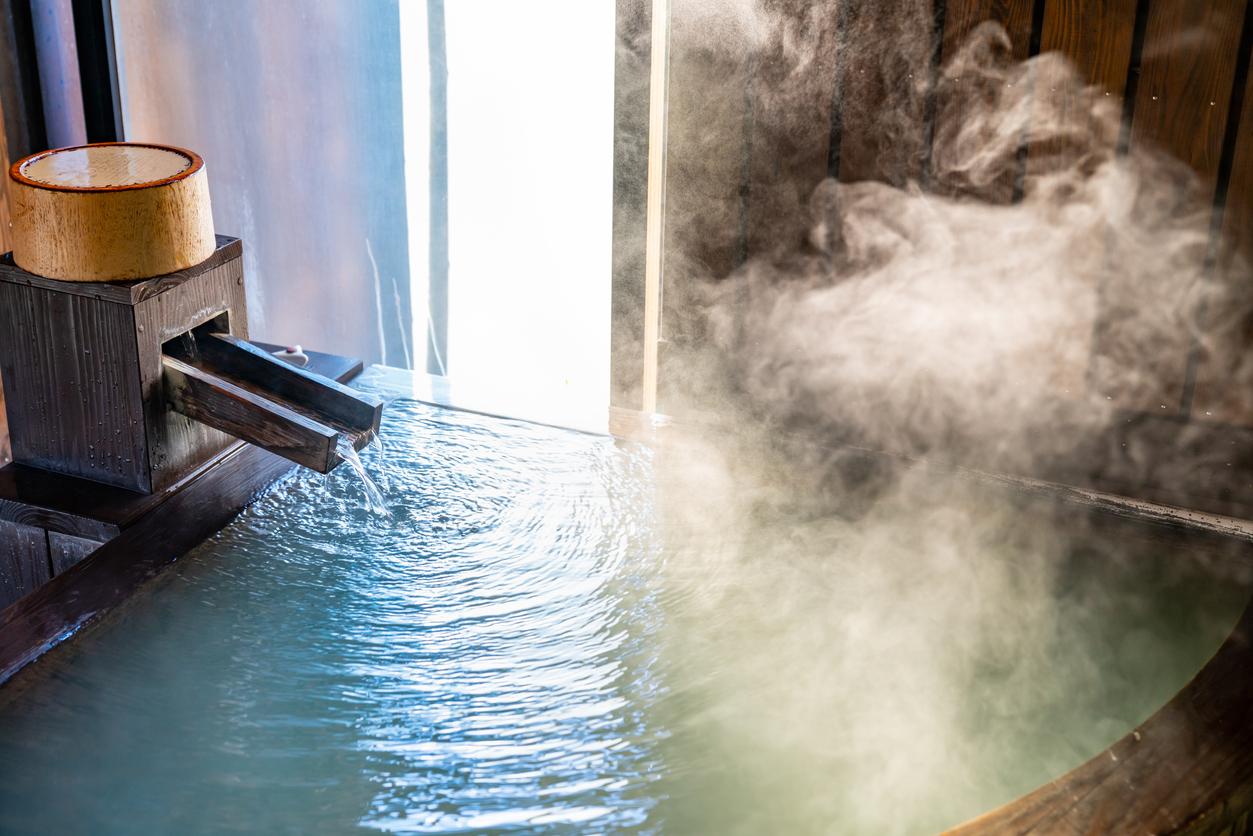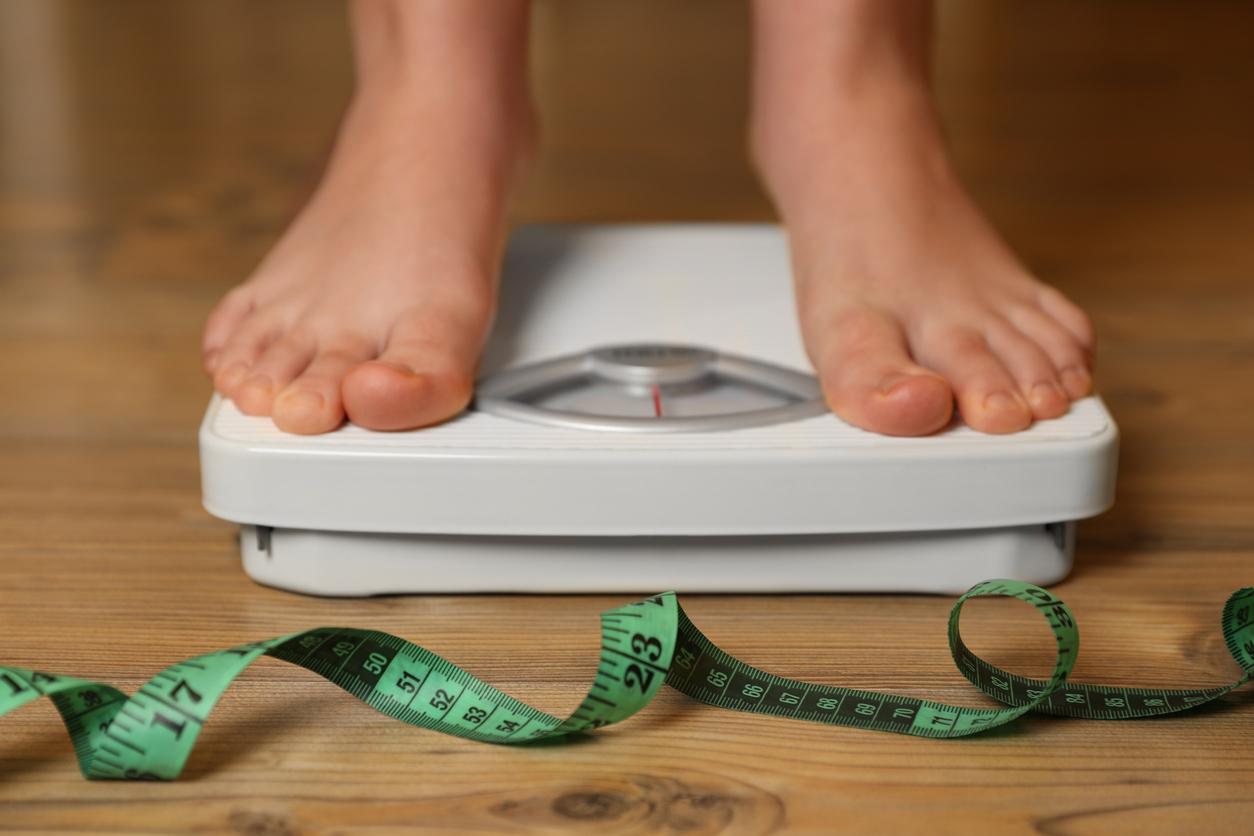A felt temperature of -50 ° C was measured in parts of the Northeastern United States, and in the Center. Authorities warn of the risk of serious skin damage.
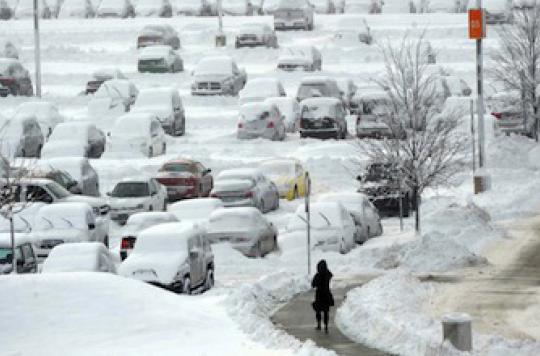
It is an unprecedented cold wave that has affected the Center and the North of the United States for nearly a week. In these states, a polar cold accompanied by snow and freezing rain has hit millions of Americans, already killing more than a dozen. And on the thermometer side, climatologists recall that such low temperatures had never been recorded for nearly 20 years. Yesterday, dozens of American states were already shivering with temperatures down to -37 ° C, the latter even sometimes felt down to -51 ° C in some places. With these polar levels, the authorities call for caution against the risks of skin damage that can occur under these conditions.
A risk of frostbite after a few seconds
Indeed, in these extreme climatic conditions, only a few seconds of exposure to these temperatures outdoors can be sufficient to damage the skin, causing frostbite. These lesions can destroy the epidermis and the subcutaneous tissues. If they remain superficial, you can warm the affected areas in a lukewarm bath. However, in the event of a deeper lesion, it is necessary to consult urgently. Frostbite affects the parts of the body most exposed to the cold: feet, hands, ears, nose and other parts of the face. In the most serious cases, the tissues under the skin are sometimes affected.
Heart risks for seniors
The American authorities have been warning for a few days that we are all concerned by the dangers of extreme cold. But some people are more exposed to it because of their physical condition. Newborns, for example, do not adapt well to changes in temperature. Their body, which is not very mobile, struggles with the cold and they cannot express this sensation. It is therefore important not to take them outside in such temperatures.
The elderly also have a hard time perceiving the cold. Their body is more vulnerable to low temperatures: the blood circulates less well, the muscles are less mobile. Seniors with problems (heart, breathing, muscles) are more exposed to the risks of winter. They too must avoid all outings in these polar temperatures.
Finally, the recommendations are identical for people with fragile health, such as patients suffering from chronic cardiovascular and respiratory pathologies or from diabetes.
How to protect yourself
As much as possible, in very cold weather, you should limit your outings as much as possible, and of course you have to be even more careful with polar temperatures. In homes, several tips can be used to protect yourself from low temperatures. It is advisable to leave unused rooms closed so as not to lose heat. The heater should be turned on to a reasonable heat. The interior temperature must be at least 19 ° C, including in the bedrooms.
Regarding the exterior, several precautions allow you to protect yourself from the cold during your outings. Covering the airways (chest, mouth, nose) is rule number one. The second consists of covering the extremities, the first victims of low temperatures: a cap for the head, covered ears, gloves for the hands and thick shoes for the feet. And be careful to choose them well, so as to avoid falls due to ice.
.







